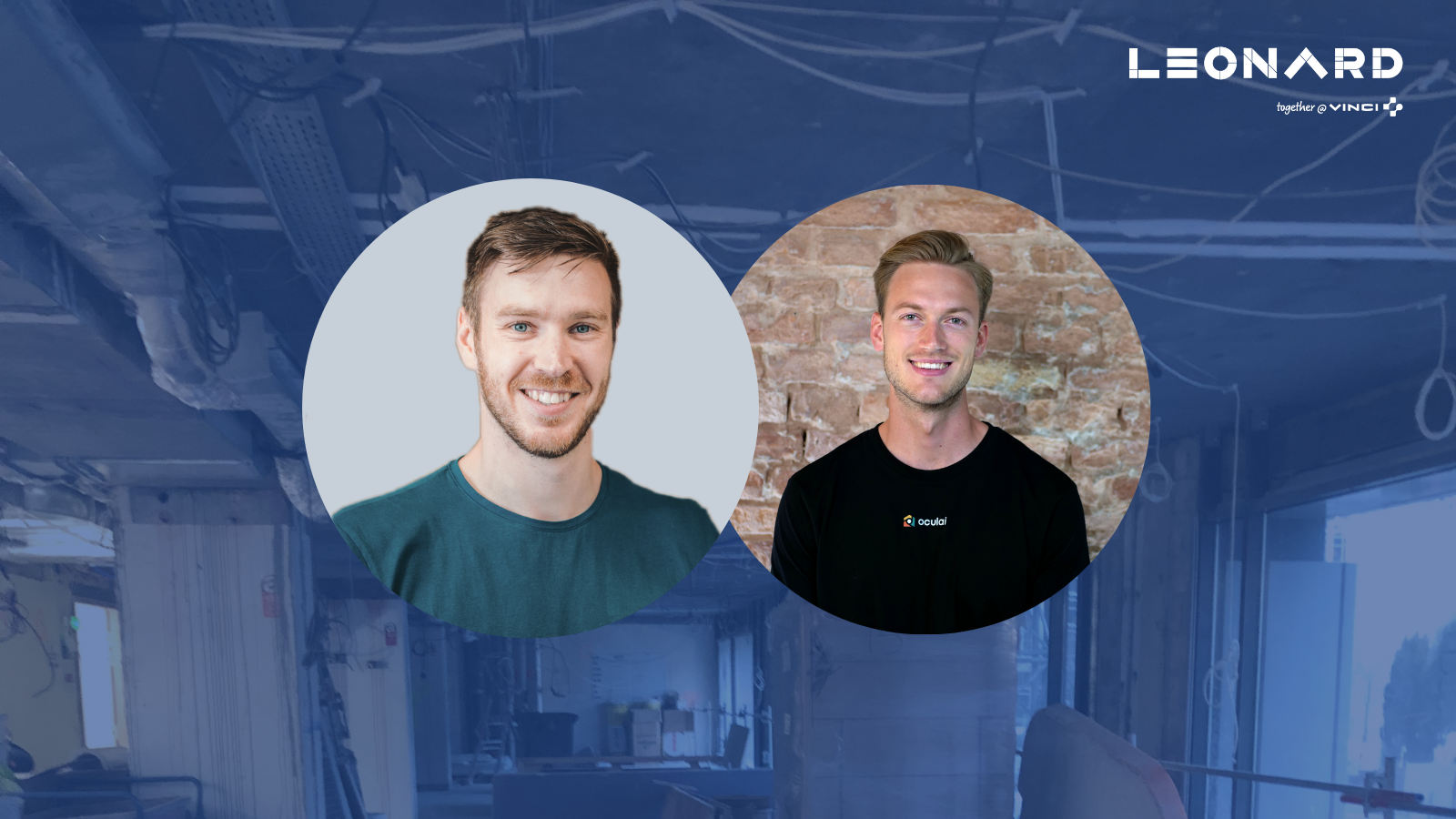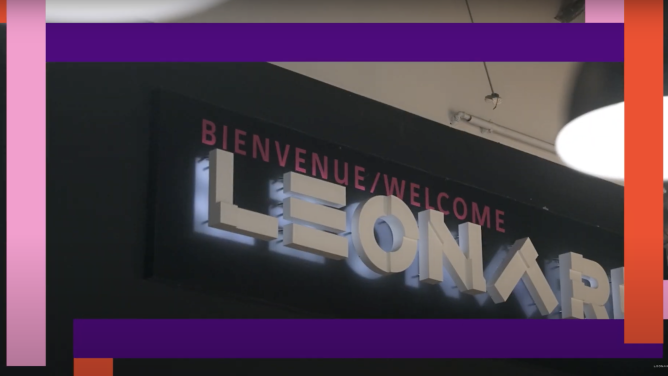oculai is a solution for camera-based data collection on shell construction sites. Using computer vision, data on progress, processes and deliveries is extracted from image data and made available to the site management in a web app. Oculai is a member of Leonard’s Seed program, which accompany early stage startups for 6 months to launch and develop innovative projects in our sectors.
Nodes & Links is a technology startup that works with company in the project delivery sector, from energy and construction to aerospace and defence. Its speciality is the translation of complex data into information that can be accessed quickly and easily by project stakeholders. Nodes and Links is a member of Leonard’s Catalyst 2022 program, which support mature start-ups in the realization of their projects by giving them the means to deploy innovative services and products in partnership with VINCI’s Business Units.
What are the limitations today to track progress on a construction site?
Greg Lawton (Nodes and Links): Today, progress tracking is all about manual labour; we have to walk around and record progress, and we have to manually calculate what that progress means to the project. This limits how fast and economically we can make decisions, which in turn limits how fast and economically we can deliver projects. We need a way of making faster and more informed decisions.
Constantin Kauffmann (oculai): I totally agree. The technical limits of automated progress tracking solutions differ for shell construction and interior construction. For interior construction, there are solutions available based on portable scanners and robots that compare a BIM model with the as-built status. However, this method is not suitable for shell construction because unfinished structural elements (e.g. formwork, reinforcement) can hardly be matched in a 3D model. The progress for the shell construction can therefore only be reliably recorded by detecting the construction processes. We solve this with continuous camera recording.
How do your solutions improve productivity?
Greg Lawton: The Nodes & Links platform improves productivity by giving everyone easy access to critical project knowledge. We do this by automating all major data-crunching Project Management workflows, and by making that knowledge available to everyone on the project. This way, the entire team is empowered to make informed, fast and collaborative decisions that speed up the project and reduce its cost.
Constantin Kauffmann: When oculai is in use on a construction site, process data is continuously recorded which is the basis for performance monitoring. This allows construction companies to compare the processes of their sites with each other or with the industry average and detect underperforming sites at an early stage. The recorded process data also leads to a more precise calculation of future projects.
How is AI part of your solution and why?
Constantin Kauffmann: AI is our core technology to recognize construction processes and objects from image data. We apply specific AI methods for each use case, as the challenges differ. For example, the approaches between detecting individual objects (e.g., resources and tools) and recognizing the change of appearance of site areas over a sequence of images are very different. These complex tasks would not be solvable with conventional computer vision algorithms alone.
Greg Lawton: Yes, AI is embedded throughout the Nodes & Links platform, but only where it is the best tool for the job. Our mission is to make projects faster, cheaper, more predictable and more sustainable – not to find use cases for specific technologies. As such, where AI outperforms all other technologies in supporting our users to make great decisions – such as in learning from data, or spotting patterns – we use it to its full power. Where it does not – such as where making decisions requires real-world context and human judgment – we don’t. In most cases, it’s a balance between the two and we often find that making the best decision requires supporting professionals with a range of technologies.
On what type of site can you work?
Greg Lawton: Any site. The Nodes & Links platform is designed to help Project Managers make great project decisions, and these decisions cross between all projects – for example, “when will my project finish?”. Because of this any large capital project can benefit from the Nodes & Links platform.
Constantin Kauffmann: oculai is working on any site with top slewing tower cranes and is applicable for shell construction projects of any size.
What are your ambitions for next year with VINCI, and more generally?
Constantin Kauffmann: For us, VINCI is a door to Europe. Currently, only German construction companies benefit from oculai and, together with VINCI, we would like to get to know the construction industry in other countries. The sustainable use of resources and efficient management will become increasingly important in the future. The construction industry in particular has a great need for improvement. With the new information backflow from the jobsites, we want to change the way construction is carried out and help achieve greater productivity.
Greg Lawton: As far as VINCI is concerned, our ambition is to support all of VINCI to deliver faster, cheaper and more sustainable projects, for the benefit of all people, with a focus on carbon footprint prediction. Wider than this, 2022 is an inflection point in our society, where how we treat each other and our climate matters more than ever before. Because of this, our ambition is to make sure that we do the right projects in the right way, and that means supporting teams across all of the decisions that they need to make, from cost, to community, to climate. We must all do our part.
Contacts:
Greg Lawton : greg@nodeslinks.com
Constantin Kauffmann : constantin.kauffmann@oculai.de
This article was published as part of the Leonard newsletter. Subscribe to receive future ones by following this link.



